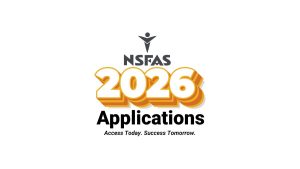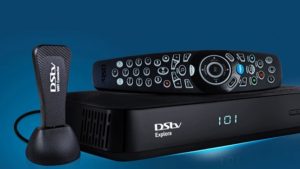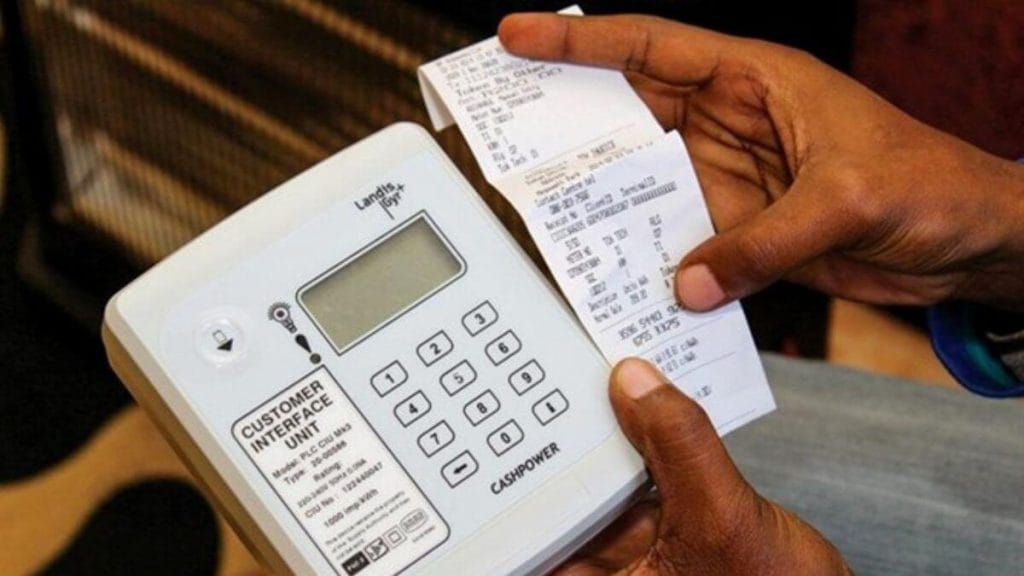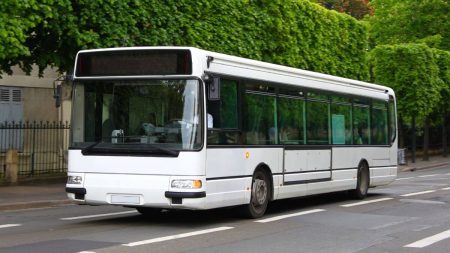Electricity is one of the biggest household expenses in South Africa, especially as load shedding and rising tariffs put pressure on already stretched budgets. But many households qualify for Free Basic Electricity (FBE) — a government initiative designed to ensure that low-income households have access to a minimum amount of power for essential needs.
As we step into October 2025, you may be wondering: How much free electricity can I actually get, and how do municipalities decide on the allocations? The answer depends on where you live, how your household is classified, and your municipality’s own policies.
This guide will explain how FBE works, the criteria municipalities use to allocate it, and how you can check whether you qualify.
What Is Free Basic Electricity (FBE)?
Free Basic Electricity is part of South Africa’s Free Basic Services Policy, launched in 2003. It ensures that indigent or low-income households receive a small allocation of free power every month.
The national baseline is 50kWh per household per month — enough to power essentials like lights, a small TV, and basic cooking. However, not every household gets the same allocation, and in some cases, the amount may be higher or lower depending on municipal decisions and available funding.
Who Qualifies for FBE?
Not every household automatically gets FBE. Municipalities use different methods to determine who qualifies:
- Indigent Register
- Most municipalities maintain an indigent register, where households with income below a certain threshold (e.g., R4,000 per month) can apply.
- Registration usually requires proof of income, ID copies, and municipal account details.
- Low-Capacity Electricity Connections
- In some areas, households with prepaid meters limited to 20 amps or less automatically receive FBE credits each month.
- Social Grant Beneficiaries
- Some municipalities extend FBE to households where the primary income is a social grant.
- Geographic or Community-Based Allocation
- In rural areas, FBE may be given to entire communities rather than on an individual basis, especially where municipalities are unable to verify income easily.
How Municipalities Decide: Key Factors
The Department of Mineral Resources and Energy (DMRE) provides the policy framework, but municipalities have discretion in how they roll out FBE. Here are the main factors they consider:
1. Household Income
- Households earning below a set income threshold are considered indigent.
- Thresholds vary: in Tshwane, it may be R4,500, while in smaller municipalities it could be R3,000.
2. Type of Electricity Connection
- If your household uses a prepaid meter with a restricted capacity, the municipality can automatically allocate FBE each month.
- If you are on post-paid billing, you usually need to register as indigent.
3. Household Size
- While not a universal factor, some municipalities take the number of dependents into account.
4. Municipal Budget & Policy Choices
- Municipalities decide whether they stick to the 50kWh minimum or extend allocations.
- For example:
- Johannesburg often provides 50kWh per month.
- eThekwini has offered 65kWh for qualifying indigent households.
- Nelson Mandela Bay has sometimes gone up to 75kWh in targeted areas.
5. Urban vs. Rural Needs
- Rural municipalities may adjust allocations to account for households that rely heavily on electricity for cooking and heating (since alternatives like piped gas are unavailable).
Examples of FBE Allocations in October 2025
Here’s a snapshot of how some municipalities allocate FBE:
| Municipality | Monthly FBE Allocation | Criteria | Notes |
|---|---|---|---|
| Johannesburg | 50kWh | Indigent register or ≤20A prepaid | Basic allocation, urban-focused |
| Tshwane | 100kWh (indigent) | Registered indigent households | Higher than national minimum |
| Ekurhuleni | 50kWh | Indigent register & prepaid users | Consistent with policy baseline |
| eThekwini (Durban) | 65kWh | Indigent or grant-dependent homes | Expanded to meet local needs |
| Nelson Mandela Bay | 75kWh | Indigent register | Adjusted for coastal energy needs |
| Rural municipalities | 50–150kWh | Community-wide allocations | Varies, sometimes higher in cold areas |
Why Does the Amount Differ Between Municipalities?
The variation comes down to budget, priorities, and practical implementation challenges:
- Funding Constraints: Municipalities receive grants from the national government, but local budgets affect how much can be offered.
- Political Decisions: Some councils expand FBE to show commitment to pro-poor policies.
- Technical Challenges: In areas with mixed post-paid and prepaid systems, applying FBE fairly can be difficult.
How to Check If You’re Receiving FBE in October 2025
- On a Prepaid Meter:
- Buy electricity at your usual vendor.
- Check the token slip — if you qualify, you’ll see “FBE” or “Free Units” automatically loaded.
- On a Postpaid Account:
- Review your monthly bill.
- Look for a line showing “Free Basic Electricity.”
- Through Your Municipality:
- Visit the municipal office or website to see if your household is registered as indigent.
Practical Example: What 50kWh Covers
To make this more concrete, here’s how much 50kWh could power in a month:
- 4–5 lightbulbs (10W LEDs) for 6 hours a day
- 1 TV for 4 hours a day
- 1 kettle boiled twice a day
- Charging a phone and small devices daily
What it won’t cover: High-use appliances like geysers, heaters, or stoves.
Households receiving higher allocations (100–150kWh) may be able to run a fridge and more lighting comfortably.
Challenges and Criticism of FBE
While FBE is essential, there are challenges:
- Insufficient Allocations: 50kWh is often too little for a family of four.
- Exclusion Errors: Some indigent households aren’t registered and miss out.
- Administrative Burden: Paperwork discourages applications.
- Load Shedding Impact: Frequent power cuts mean households may waste part of their free allocation.
Read more: How to Register for Free Basic Electricity
Tips for Maximising FBE
- Use LED lighting — stretches free units further.
- Boil only as much water as needed.
- Switch off standby appliances.
- Cook with a two-plate stove or microwave instead of an oven.
The Bigger Picture: FBE and South Africa’s Energy Policy
Free Basic Electricity is not just about households — it’s a key part of South Africa’s energy poverty strategy. By ensuring everyone has access to a minimum supply, government:
- Reduces inequality.
- Helps households meet basic energy needs.
- Supports health and education outcomes (lighting for studying, heating for winter).
The DMRE is currently reviewing the policy, with debates about whether allocations should increase to 100kWh per month nationwide. If budgets allow, this could be a game-changer for indigent households.
Also check: How to Dispute Your City of Ekurhuleni Utility Bill in October 2025
In October 2025, most South African households that qualify can expect at least 50kWh of free basic electricity, though allocations vary depending on your municipality. While the system isn’t perfect, it remains an essential support for low-income families navigating rising living costs.
If you’re not sure whether you qualify, the best step is to check with your municipality and ensure your household is registered. Even a small amount of free power can make a big difference.










